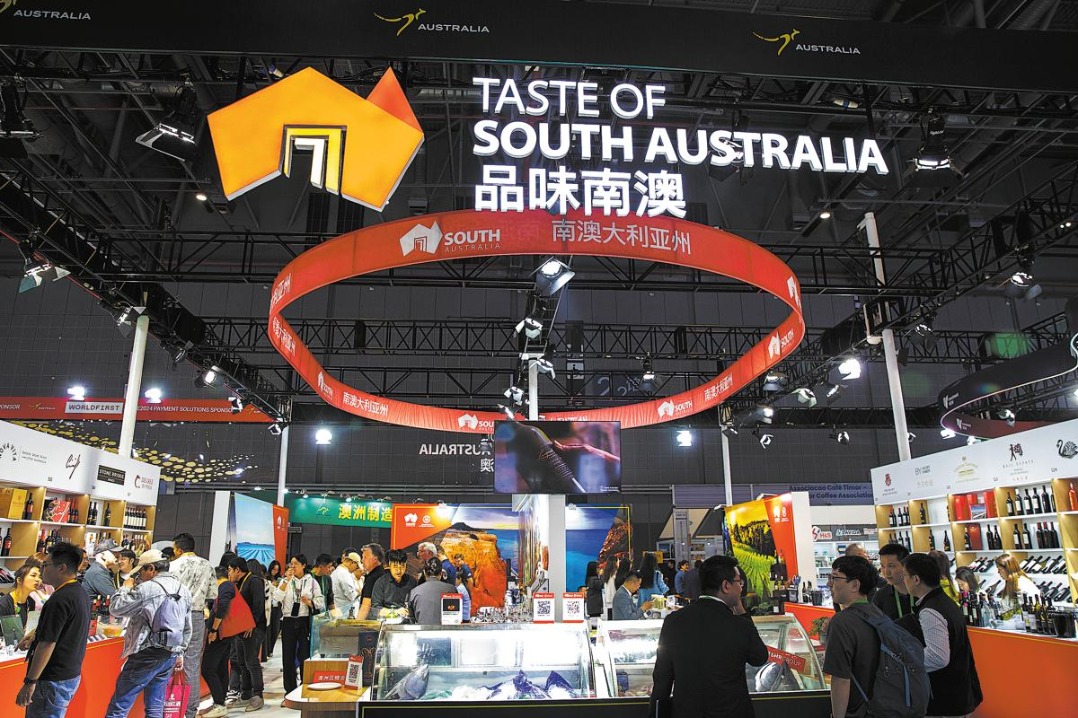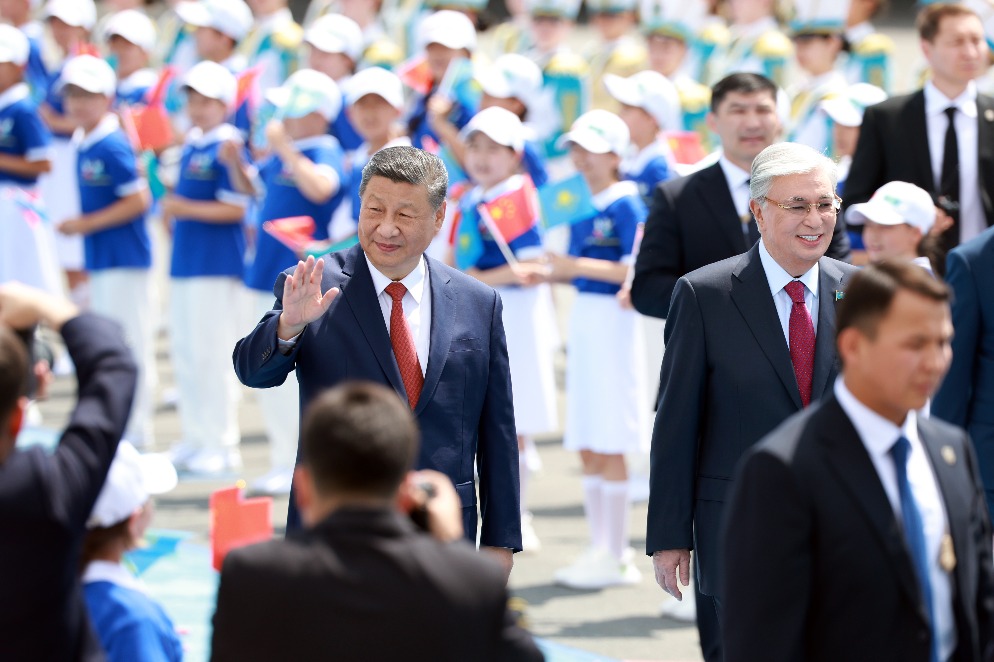Miracles in operation


GBA's edge
Liu and Chan resemble a combination of AI and surgical robotics.
Liu, who spent 15 years at King's College London doing research, says he was encouraged by the Guangdong-Hong Kong-Macao Greater Bay Area's push to become a global innovation hub, which Hong Kong complements well with clinical and technical strengths.
Hong Kong's edge is its world-class clinicians — innovative, globally influential and interested in cutting-edge medical devices, making the city an ideal place for developing medical robotics. "Hong Kong surgeons exceed my expectations — not just in skill, but in devotion of innovation, even surpassing Western peers," Liu says.
Hong Kong's universities have top researchers, while the nine Greater Bay Area cities on the Chinese mainland excel in fields of engineering, electronics, software and mechanics.
Liu says that the GBA's 87 million residents offer vast clinical data for AI training, with Shenzhen and Guangzhou hospitals collaborating to refine their surgical robot and AI systems.
Original ideas, rapid engineering and a large market for fast product iterations — three things that drive innovation — are all essential. Hong Kong, a relatively small market, must work with the mainland, which offers unmatched engineering talent and scale, Liu adds.
Chan sees Hong Kong's potential as a surgical robot testing hub, leveraging its research excellence, world-class surgeons and the GBA's engineering strengths to create a complete ecosystem.
A similar embodied AI flexible surgical robot for neurosurgery is being developed by Curve Robotics, a startup incubated by the Chinese University of Hong Kong. Chen Jibiao, member of Curve Robotics' research team, says its surgical robot is set to debut as early as the end of this year or in 2026.























